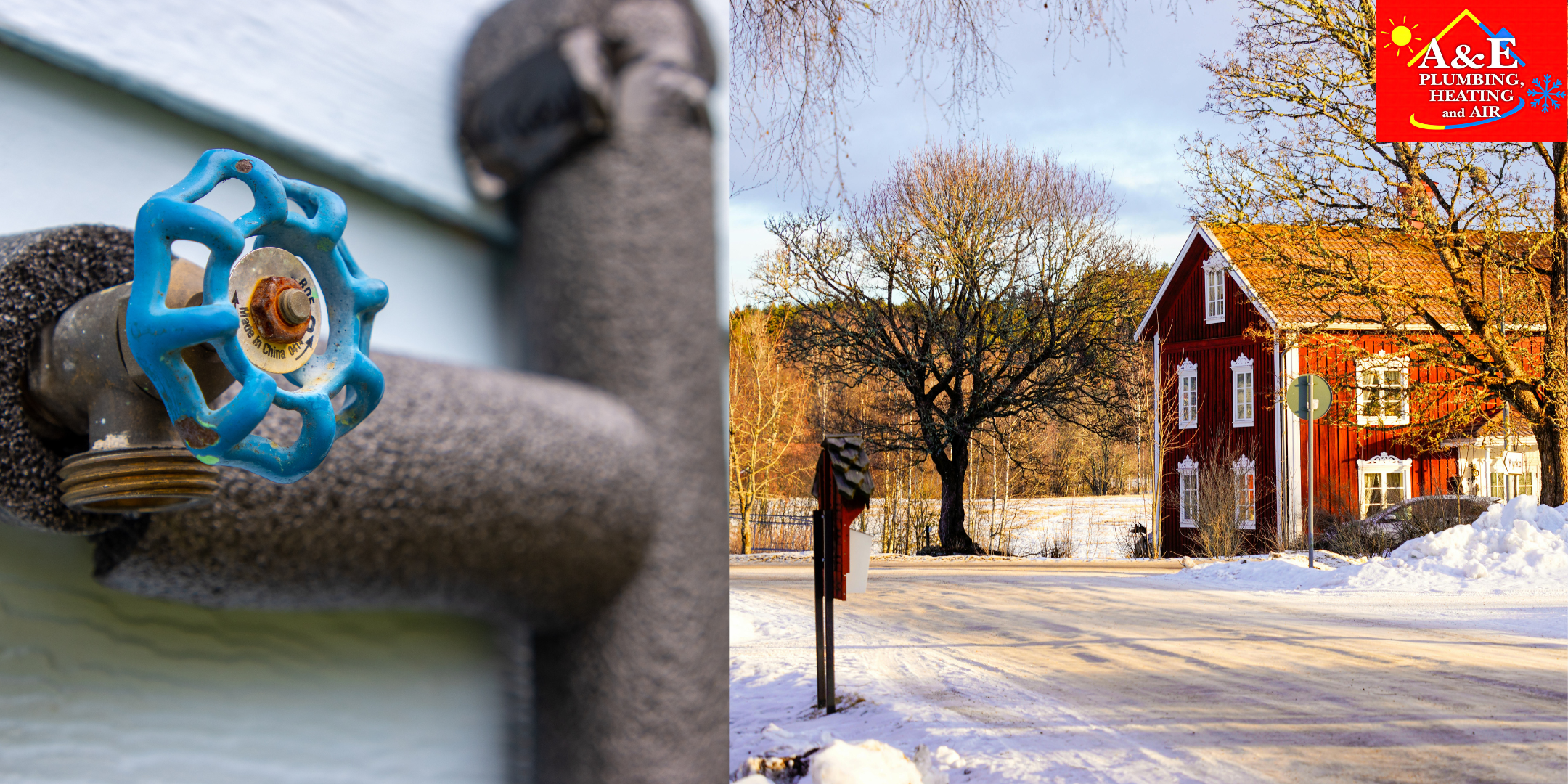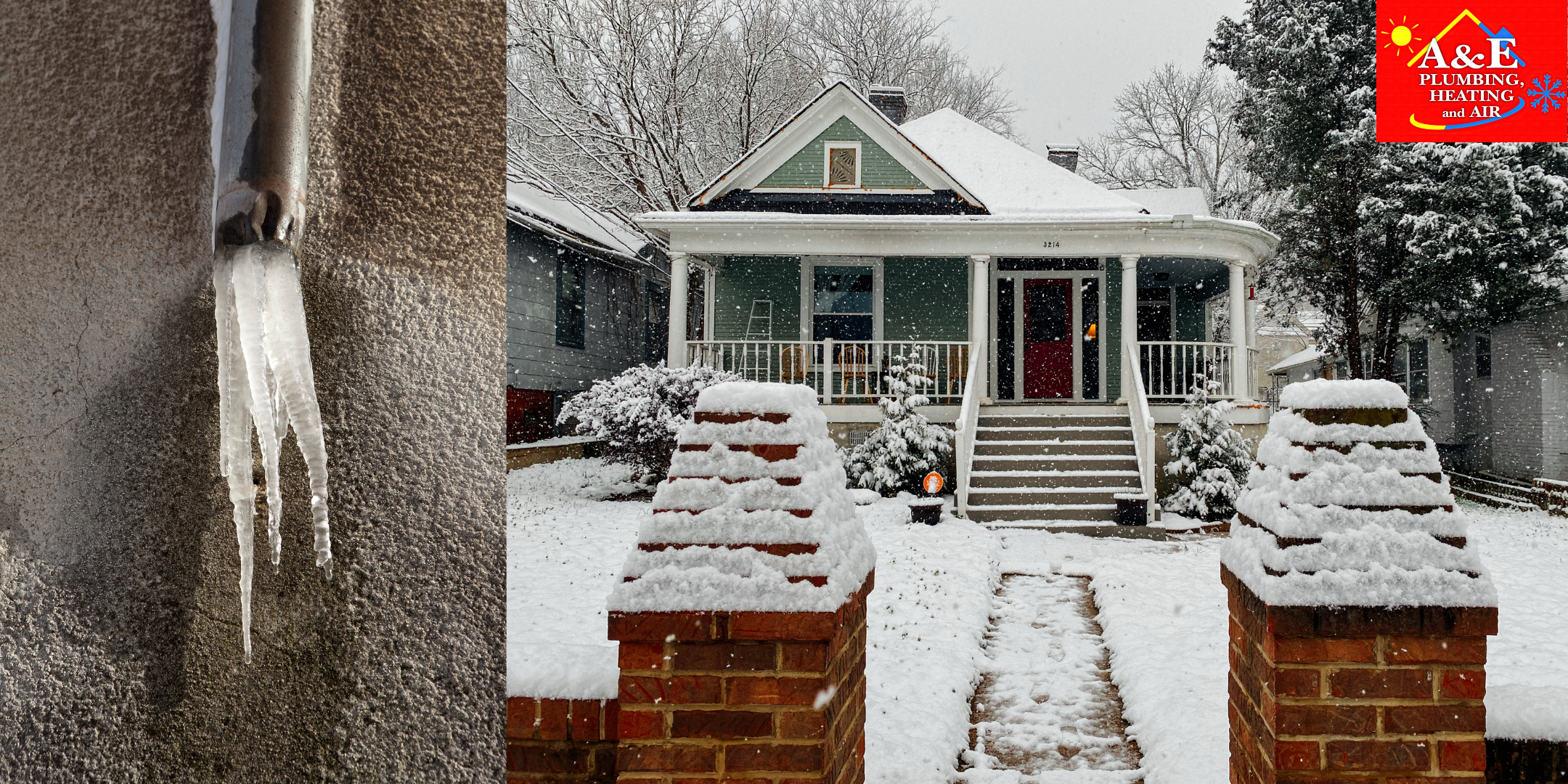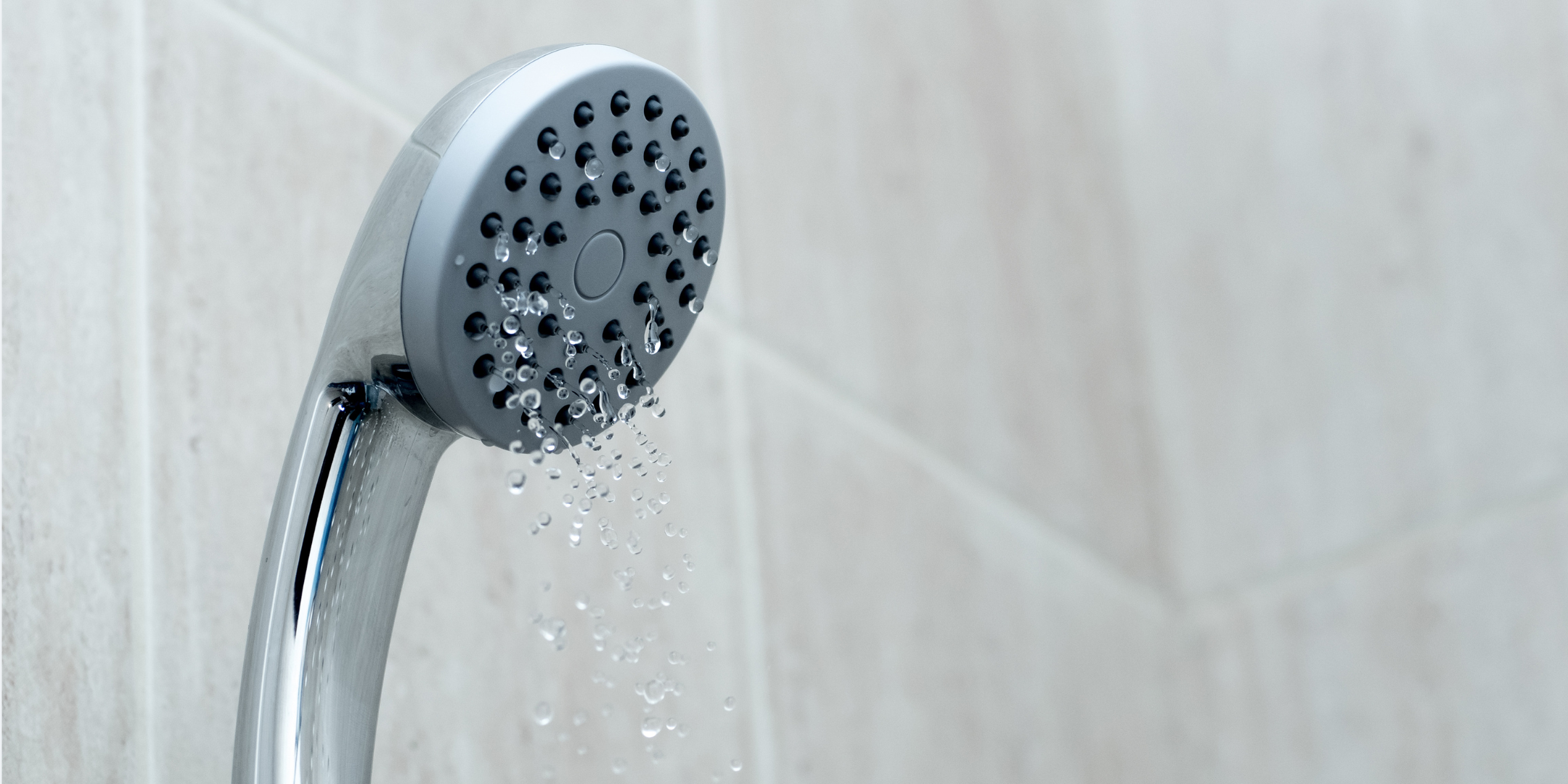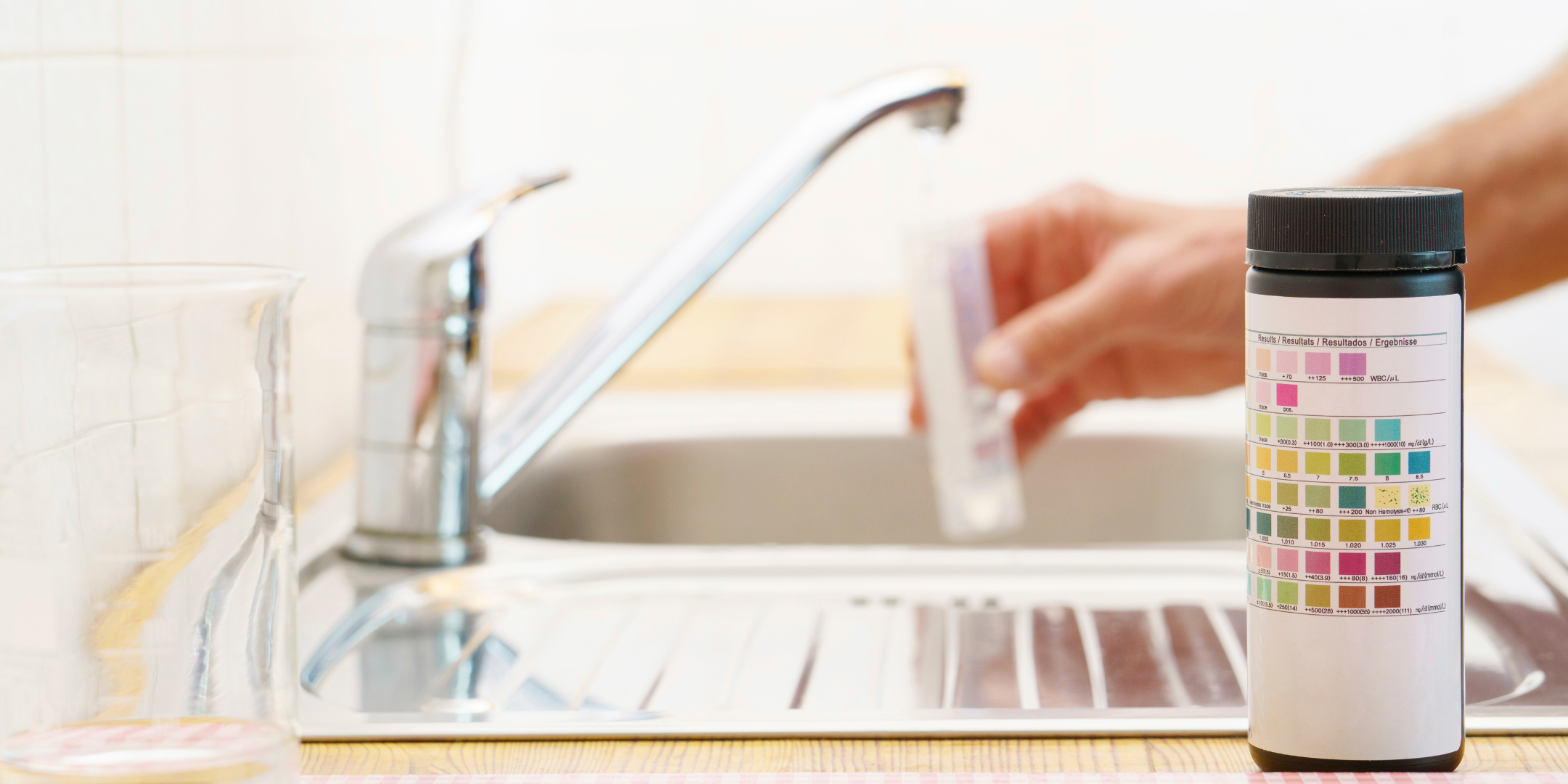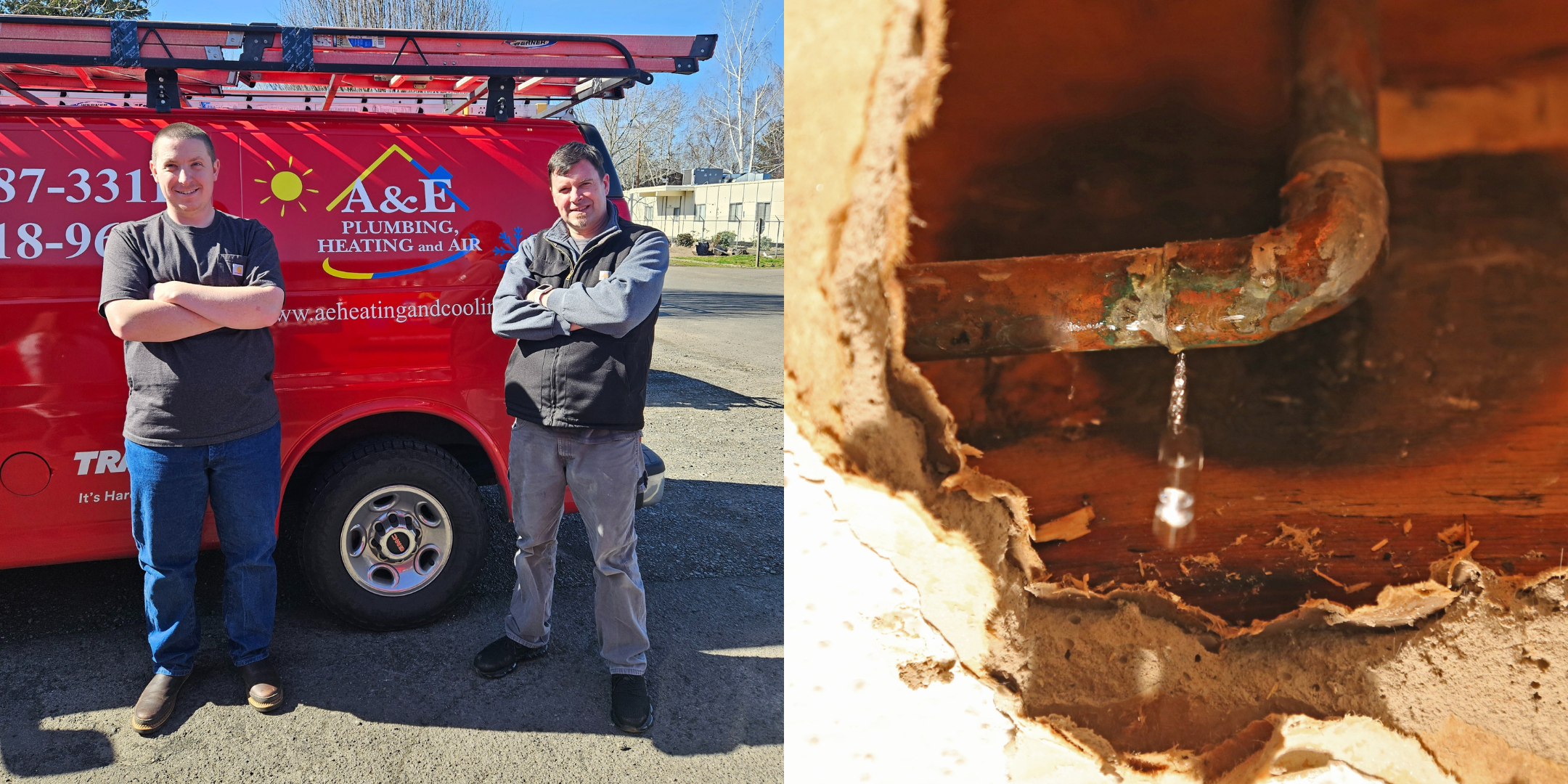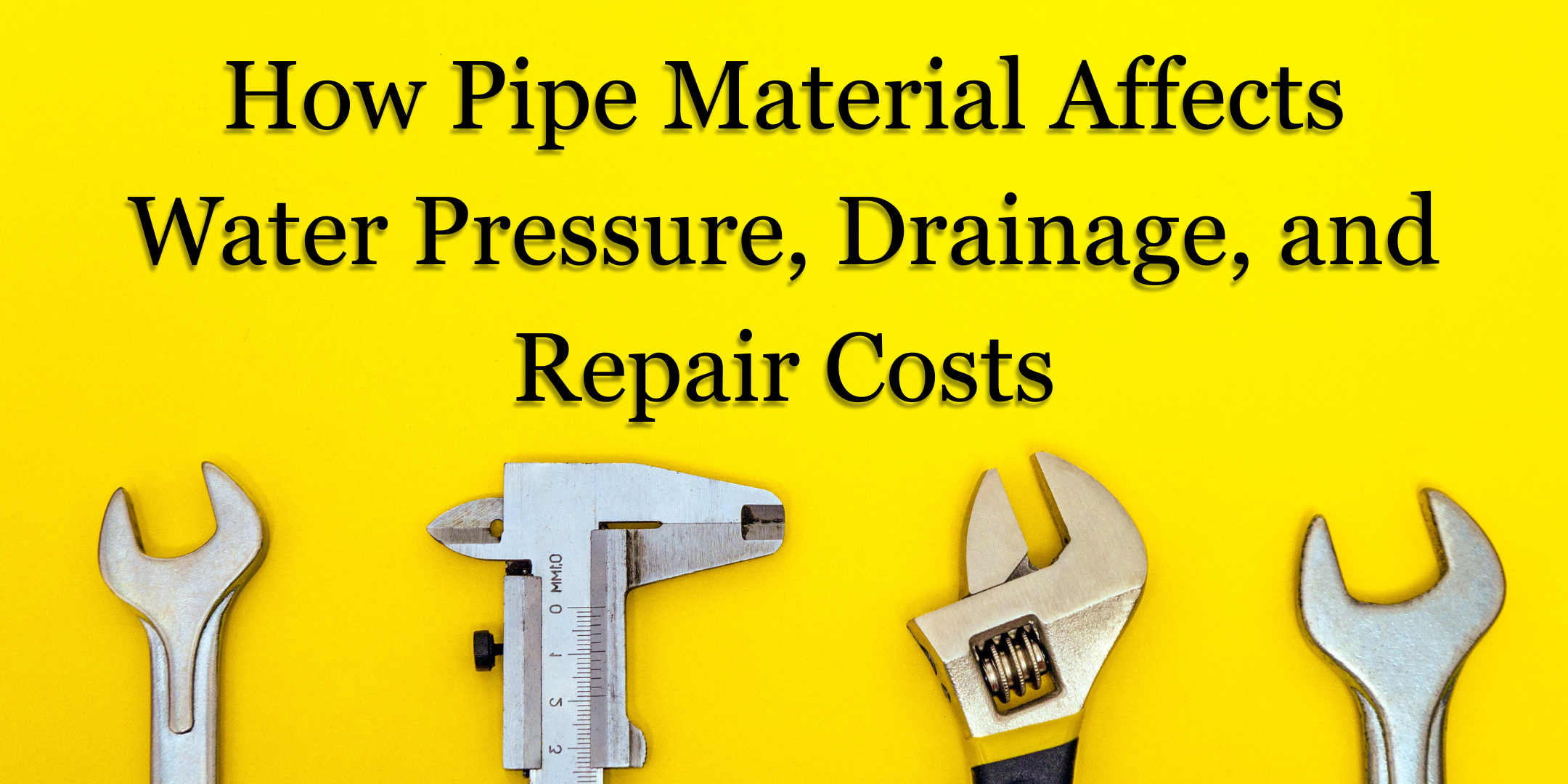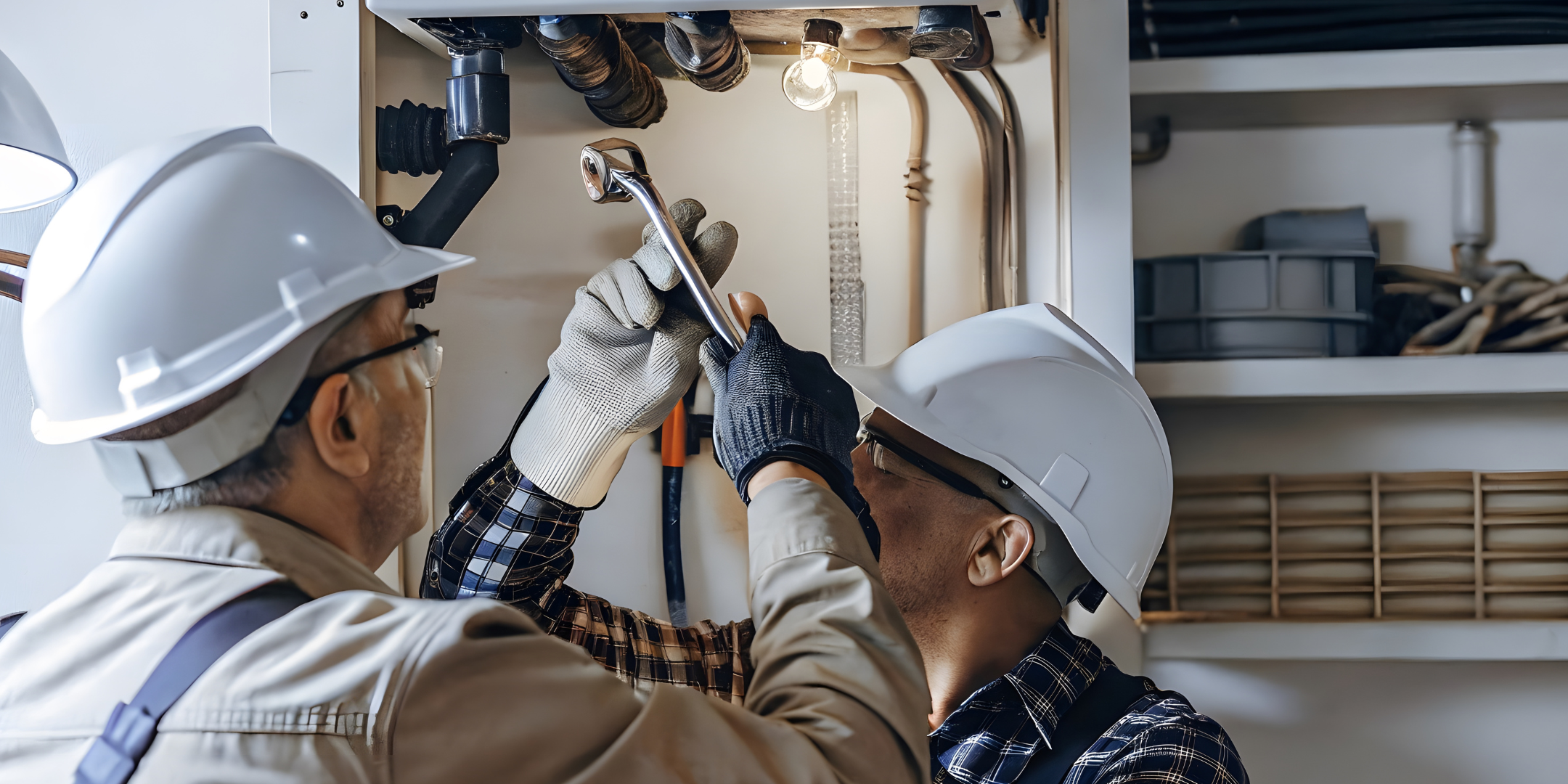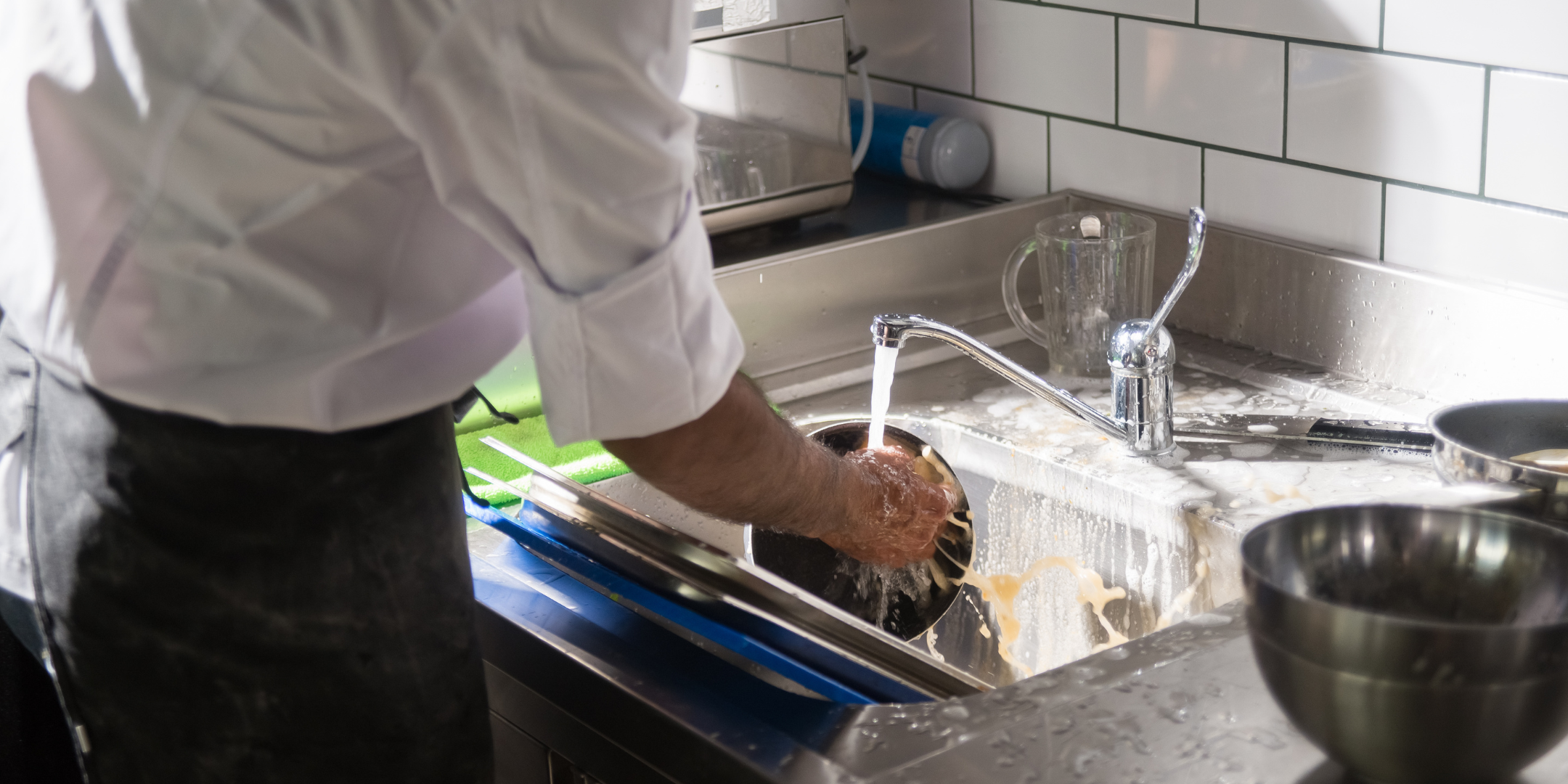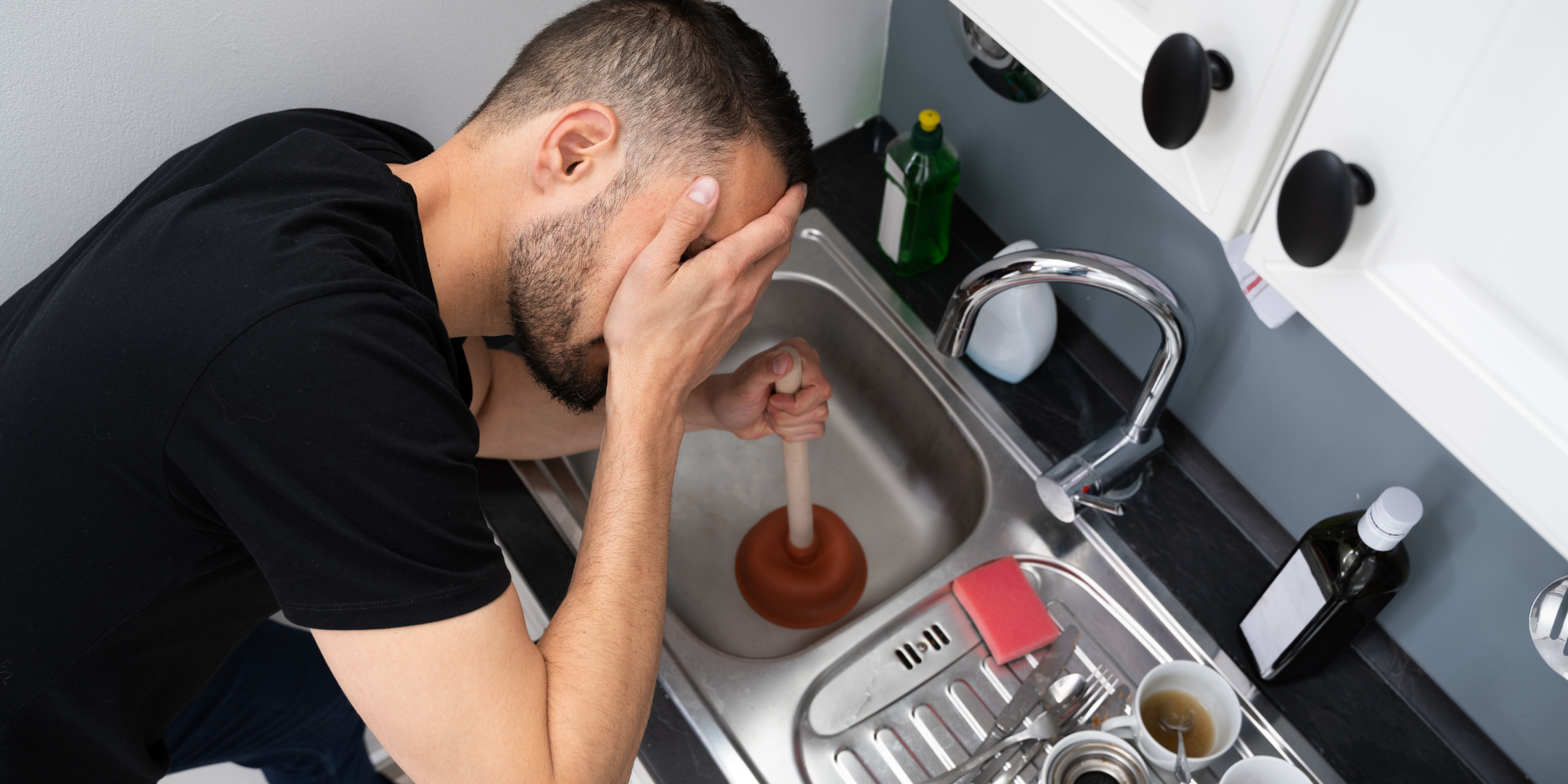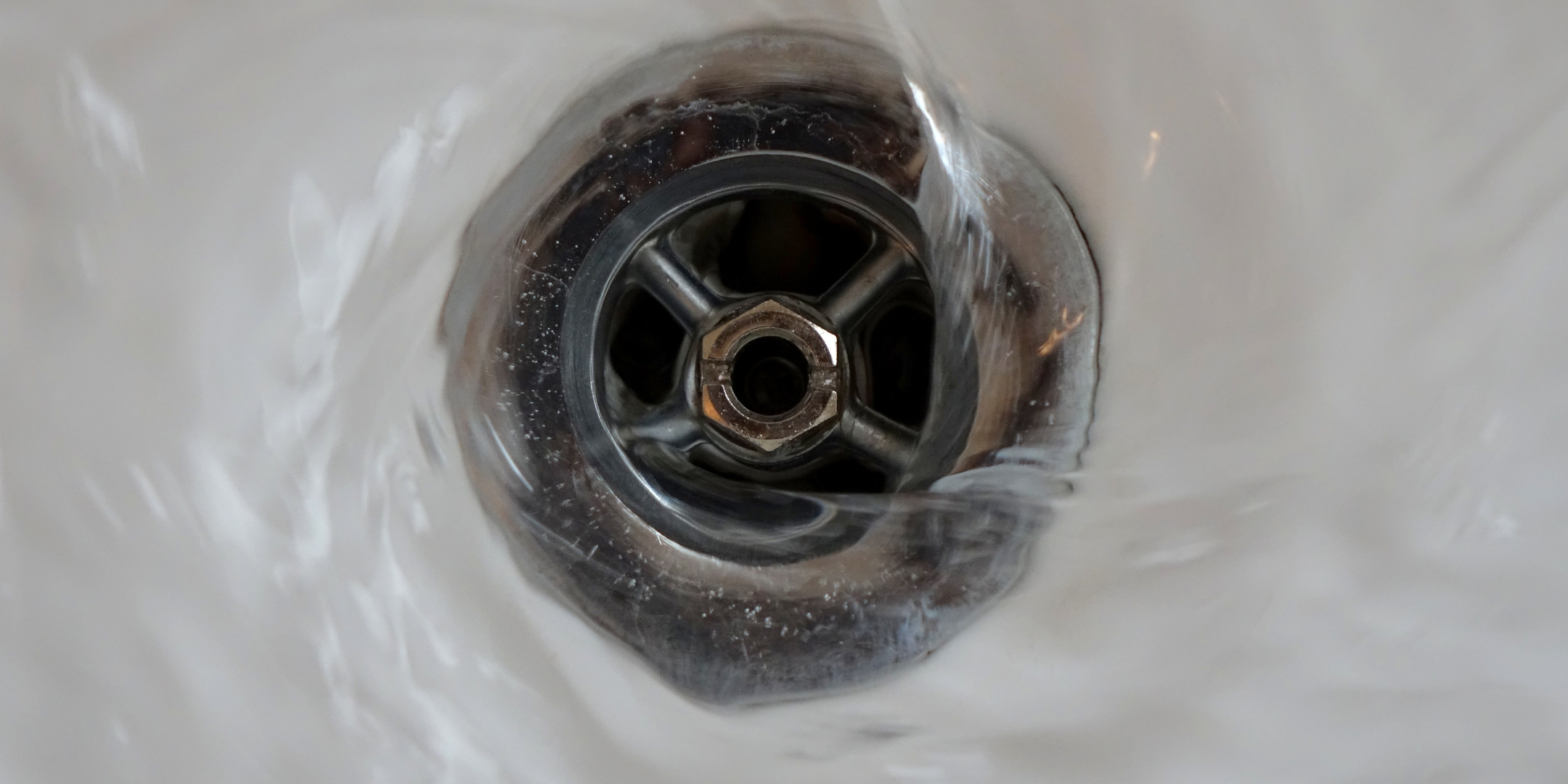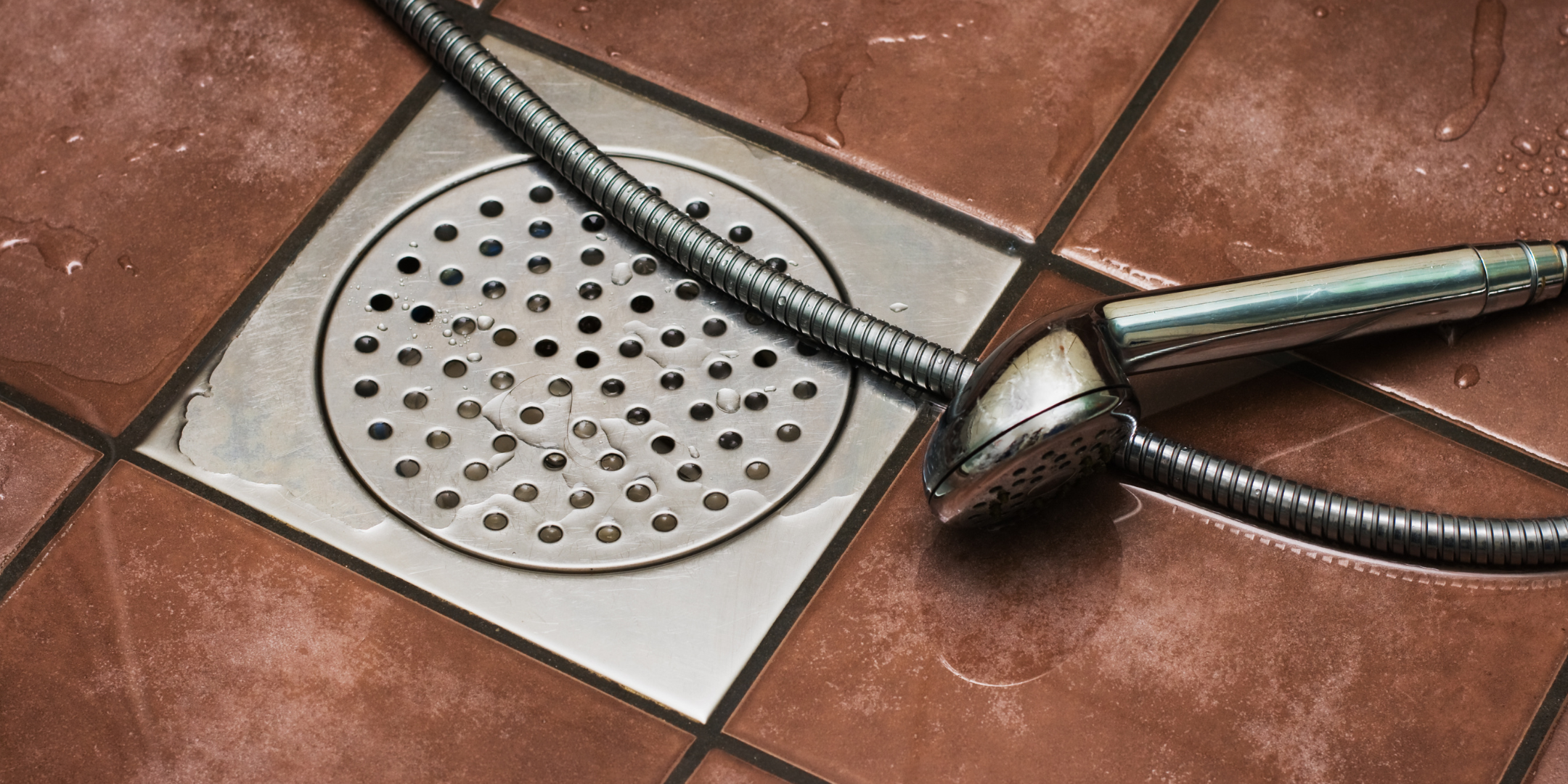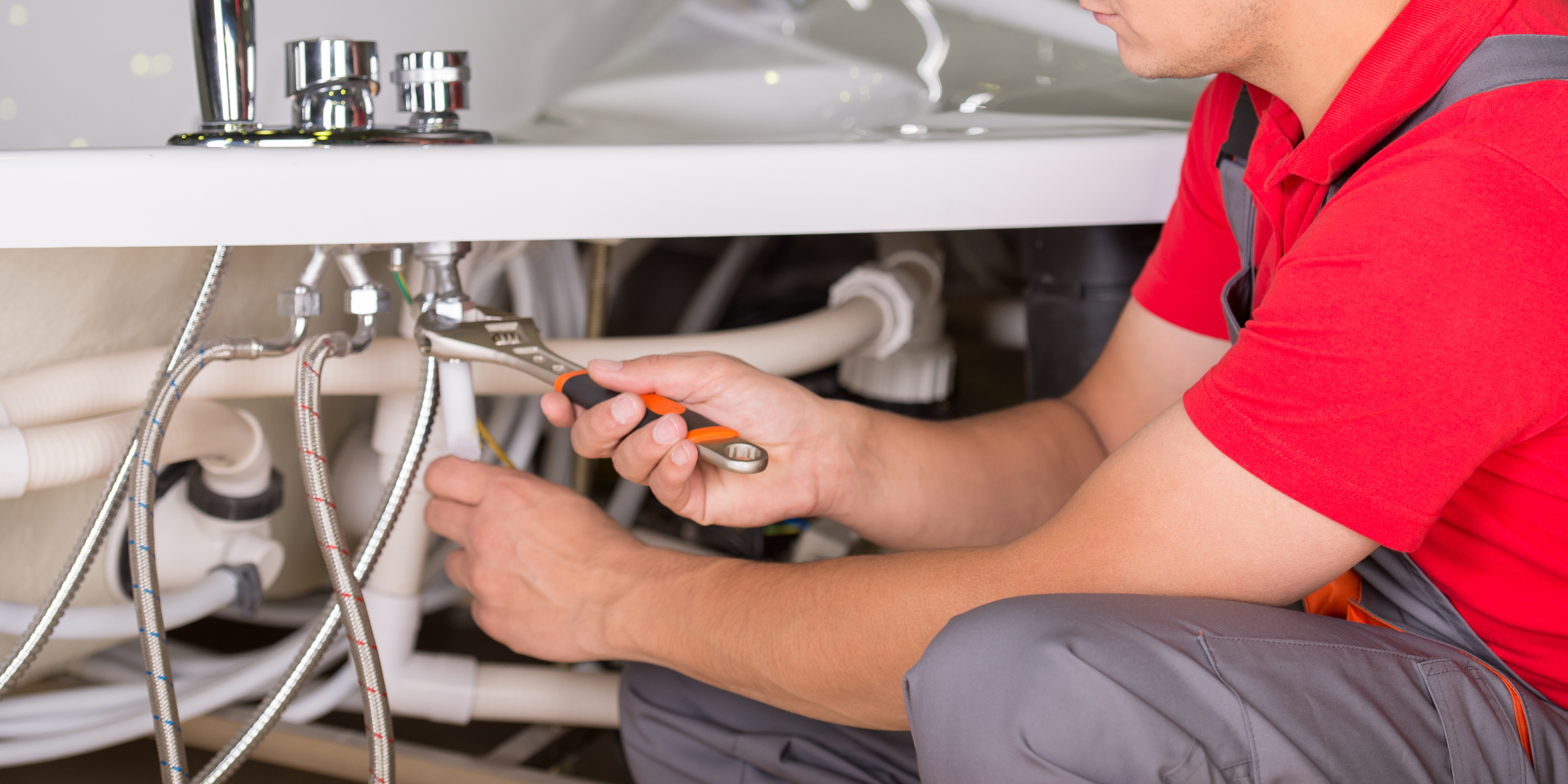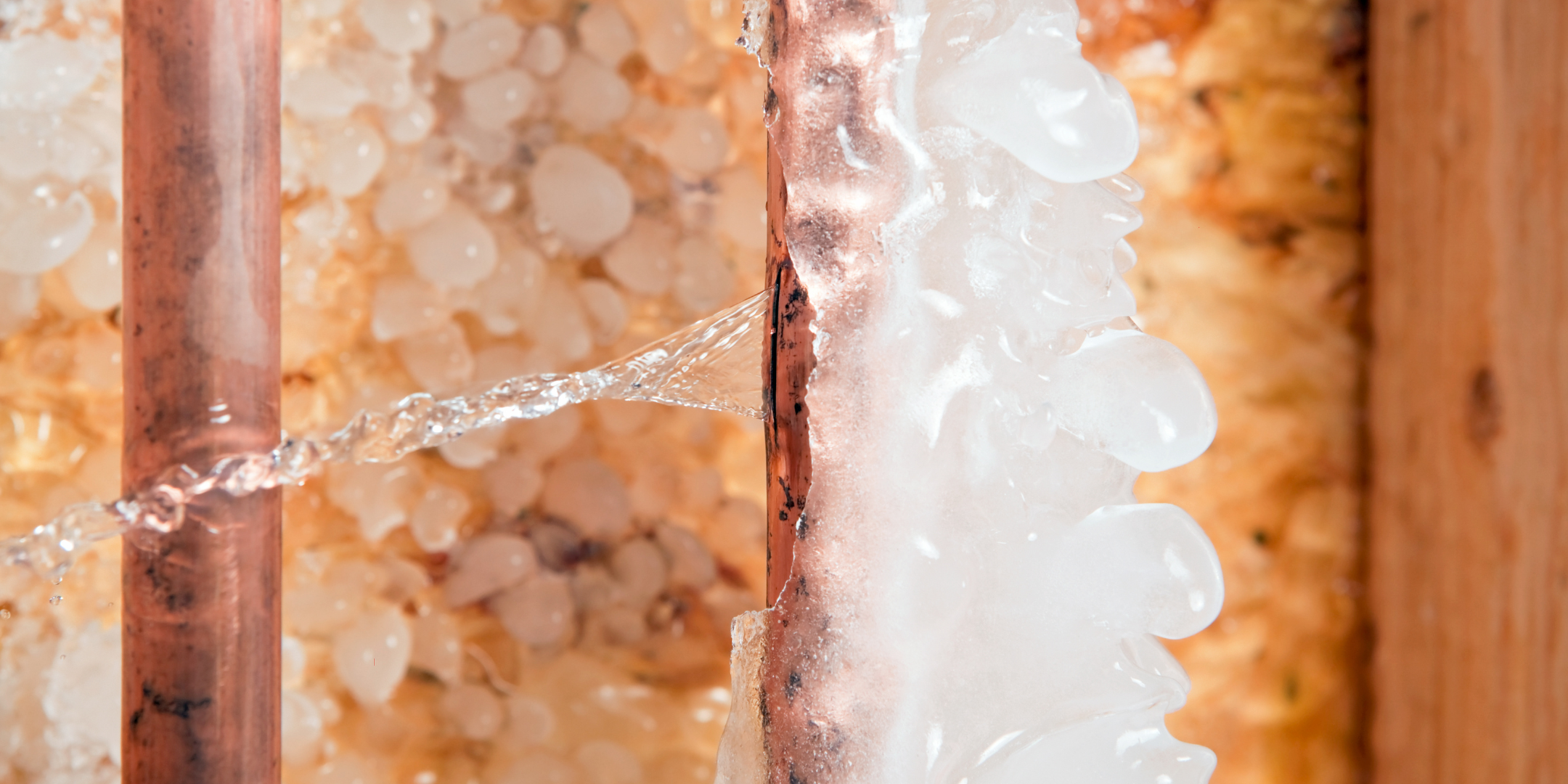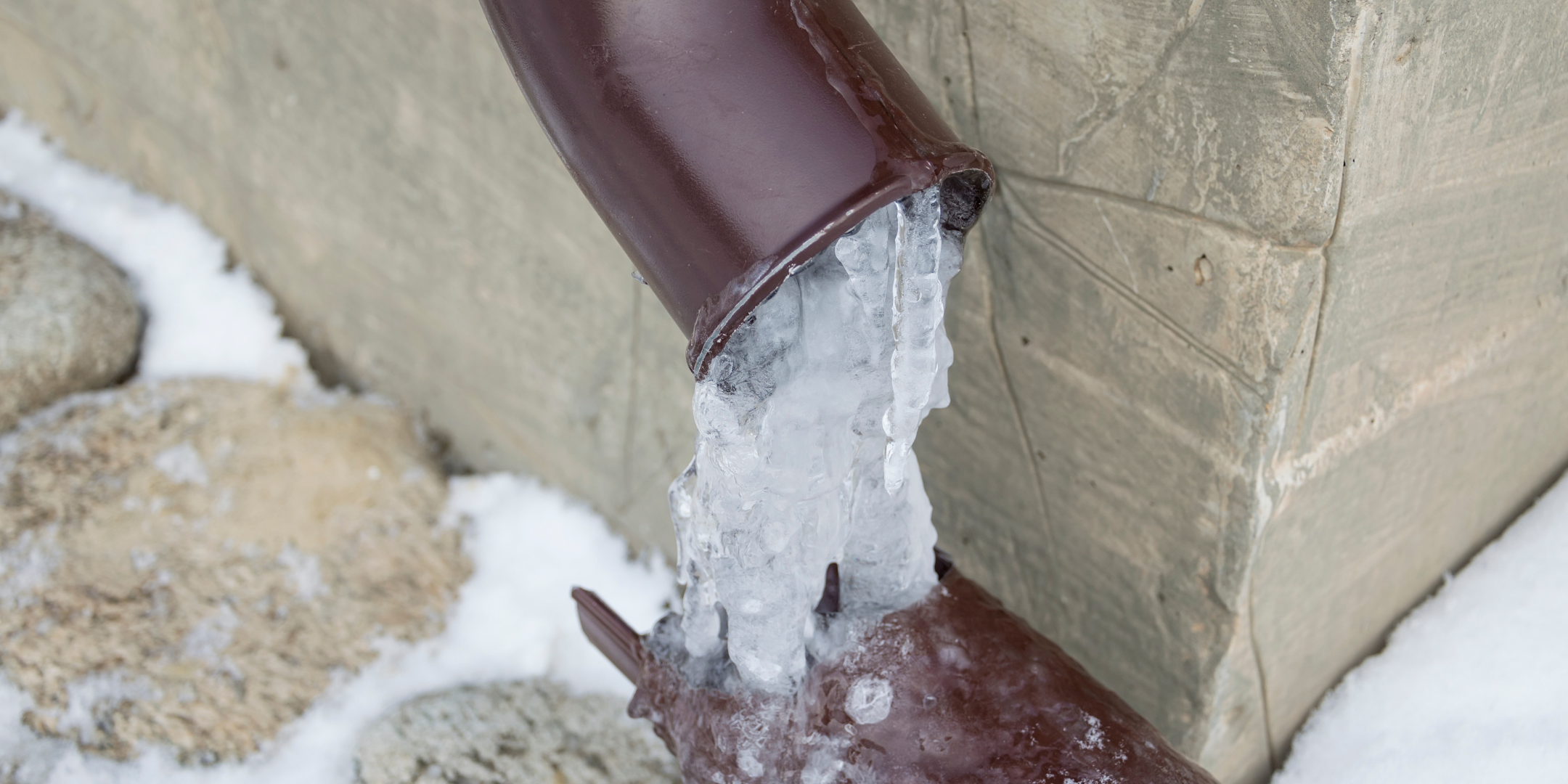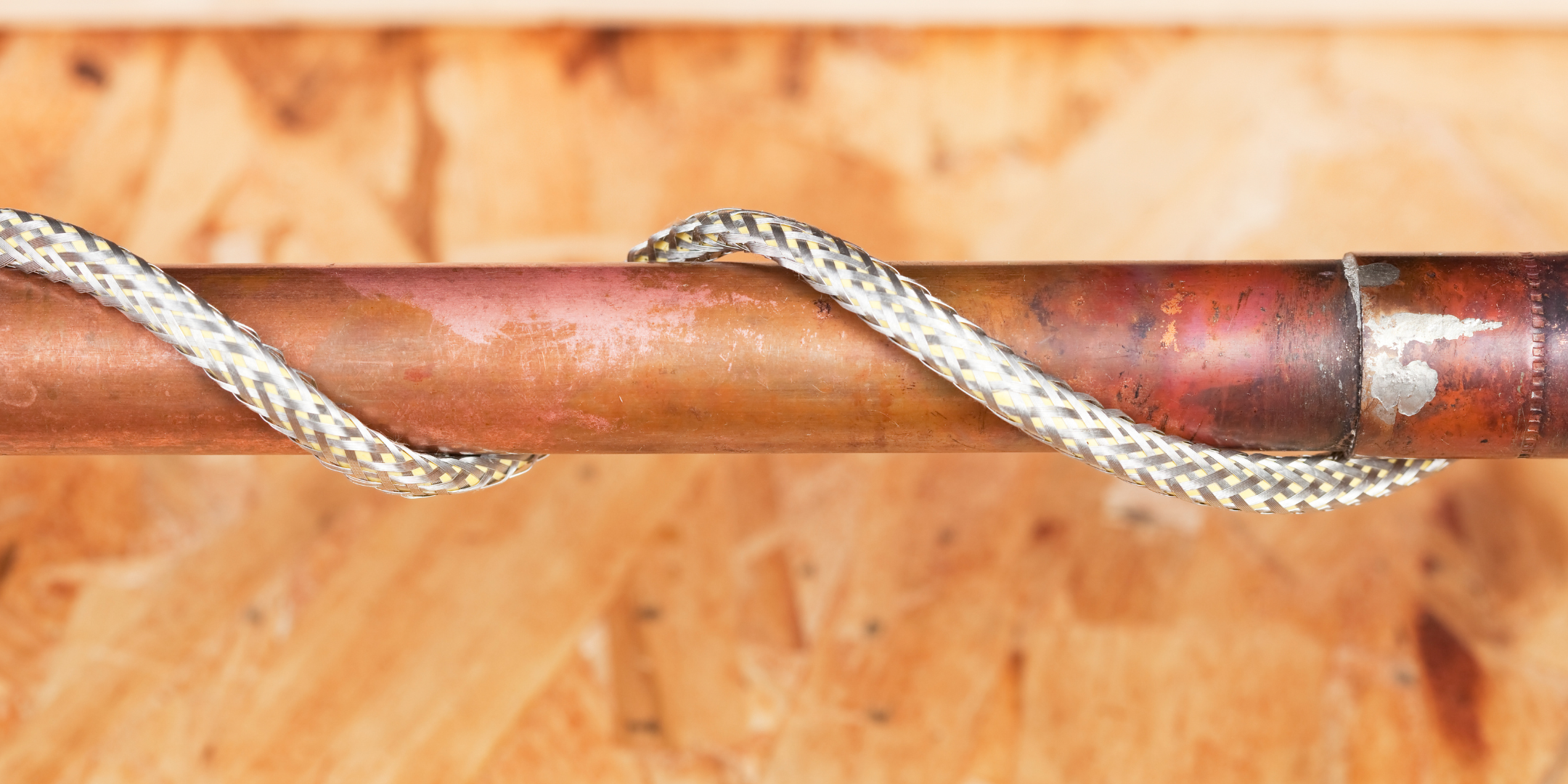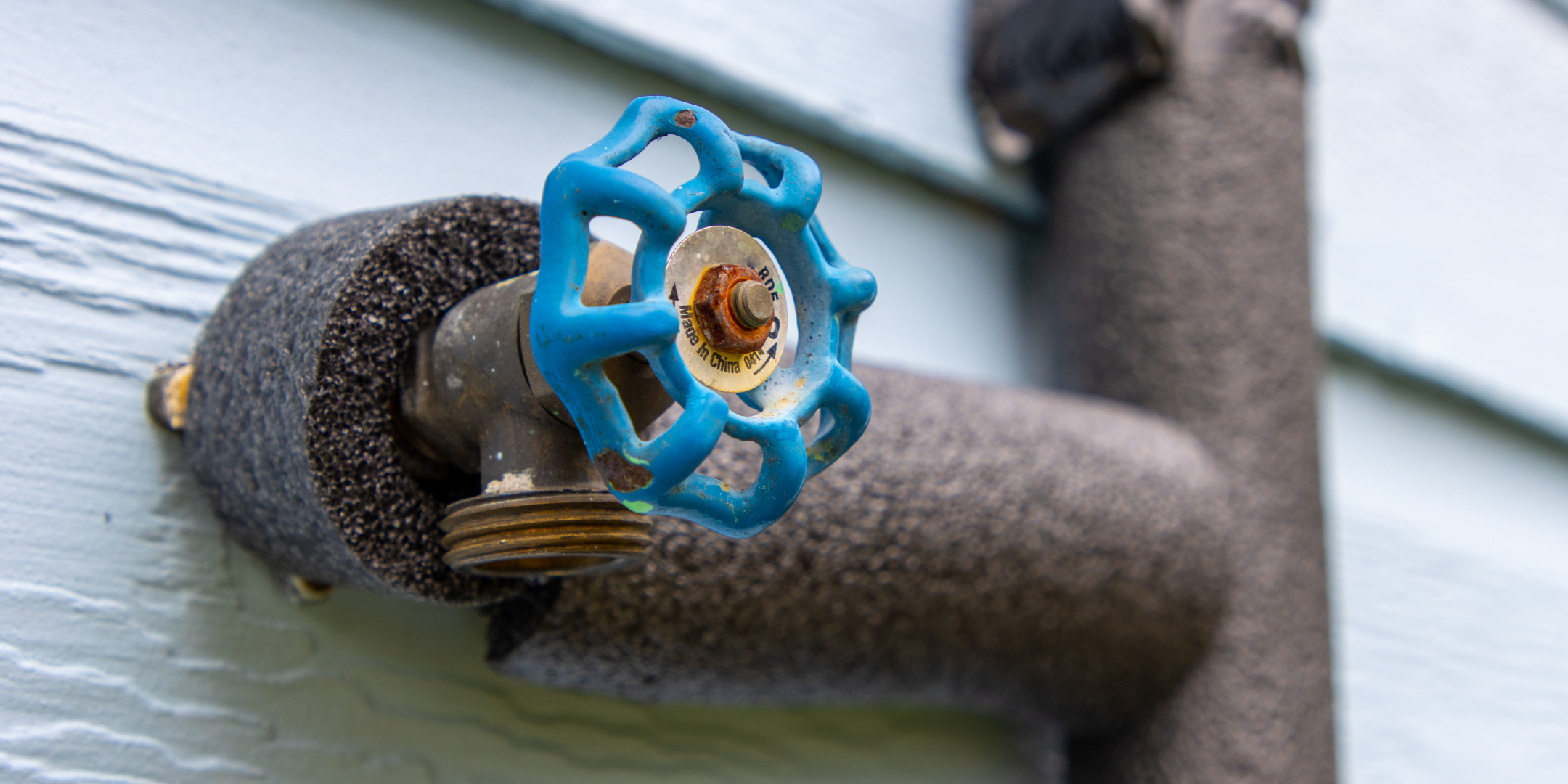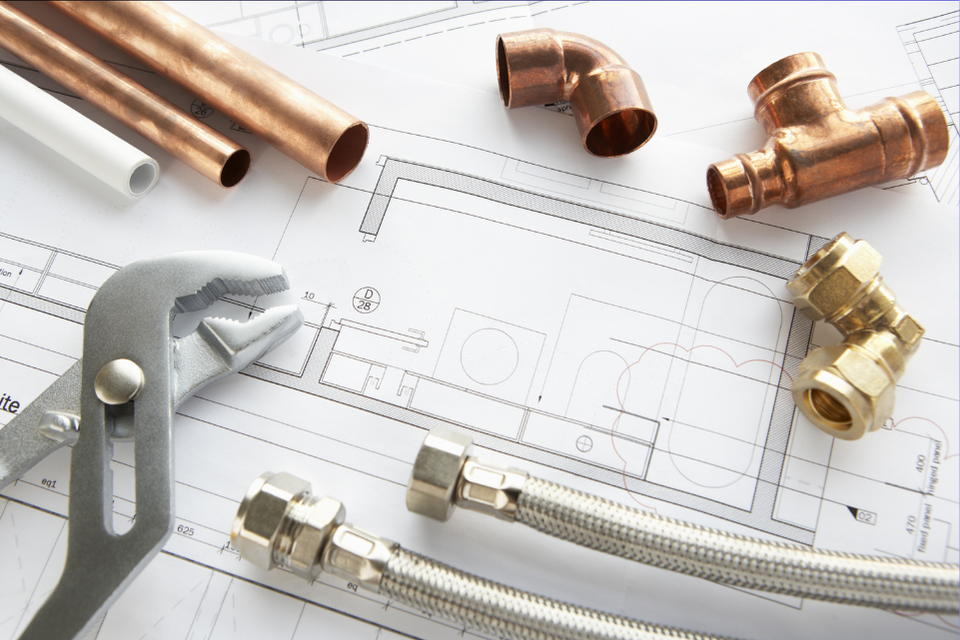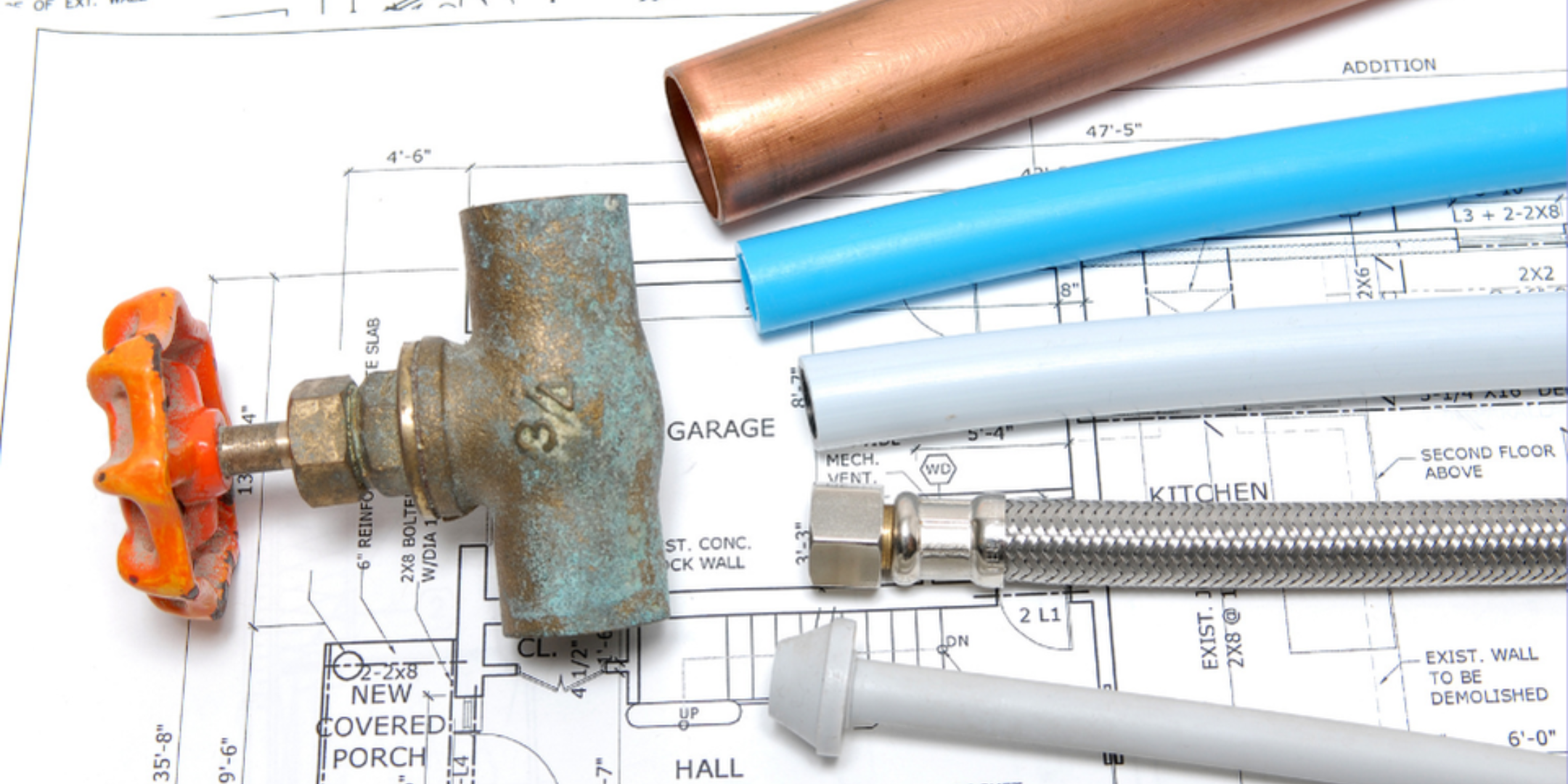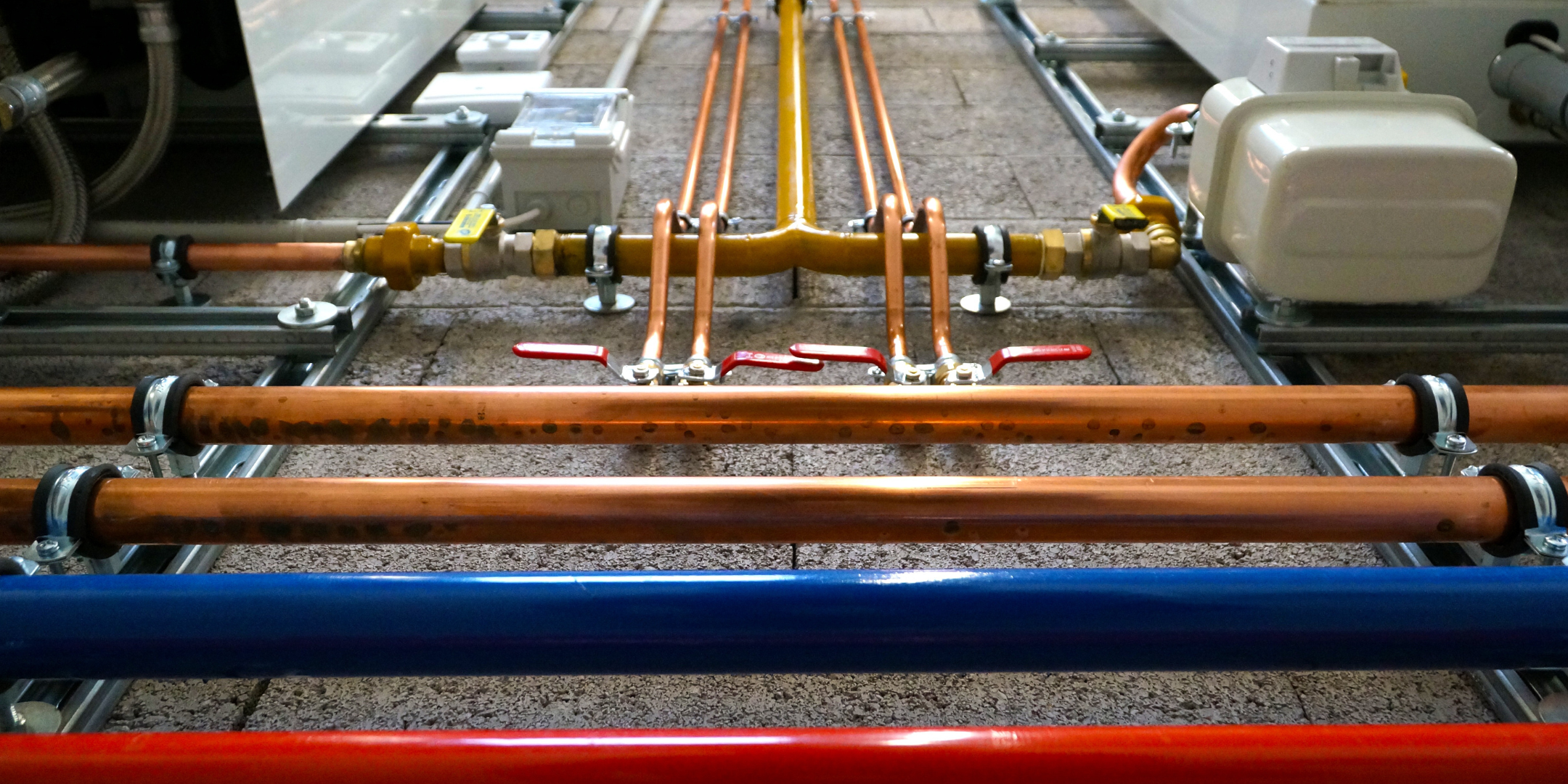
If you’re like most homeowners, you probably don’t think much about your pipes—until something clogs, leaks, or suddenly costs way more than expected. The truth is, different types of plumbing require different kinds of care. What works for one home could cause damage in another. And without the right maintenance, small issues can quietly grow into major repairs.
leaks, or suddenly costs way more than expected. The truth is, different types of plumbing require different kinds of care. What works for one home could cause damage in another. And without the right maintenance, small issues can quietly grow into major repairs.
With over 17 years of experience helping homeowners across the Columbia River Gorge and Gresham Portland Metro, we’ve seen firsthand how pipe materials like PVC, cast iron, and galvanized steel age—and what it really takes to keep them working longer.
By the end of this article, you’ll know exactly how to care for the type of plumbing in your home, so you can prevent emergencies, protect your budget, and make confident choices that actually make sense.
Why Pipe Type Matters
When you’re juggling work, kids, aging parents, and the daily to-do list, your plumbing system isn’t exactly top of mind… until it causes a problem. A clogged drain might seem like no big deal at first, but depending on the type of pipes in your home, that small annoyance could be a sign of something bigger.
Your plumbing isn’t one-size-fits-all—and the way you care for it shouldn’t be either. All pipes, including PVC, cast iron, galvanized steel, and PEX, age differently, react differently to cleaners, and break down in their own unique ways. What keeps one system running smoothly could actually damage another.
For example, that “quick fix” drain cleaner you keep under the sink? It might be fine for modern plastic pipes but can corrode older cast iron or eat through metal threads on galvanized lines. And those slow drains or low water pressure issues? Depending on your pipe type, they could mean anything from minor buildup to full-on internal collapse.
Knowing what your pipes are made of gives you the power to maintain them properly, catch problems before they snowball, and make smart decisions when something finally needs repair or replacement.
PVC Pipe Plumbing Maintenance
Commonly found in: Drain lines, vent pipes, and some cold water supply lines
Typical lifespan: 25–40 years with proper care
PVC piping is widely used in modern homes thanks to its affordability and resistance to corrosion. However, that doesn’t mean it’s indestructible. Poor maintenance—especially the wrong kind of drain cleaning—can shorten its lifespan significantly.
Maintenance Tips for PVC Pipes
1. Stick to enzyme-based drain cleaners.
Harsh chemicals like bleach, lye, and caustic gels can weaken PVC over time and make it brittle. This matters most if you’re using products to deal with frequent clogs—what feels like a quick fix can slowly degrade your system.
2. Avoid pouring boiling water or hot grease down the drain.
While PVC can handle warm water, extreme temperatures can warp or crack the pipe walls, especially in long horizontal runs under sinks. If you're used to emptying boiling pasta water or hot oil straight into the sink, this is worth reconsidering.
3. Visually inspect every 3–5 years.
Check accessible areas like crawlspaces, unfinished basements, or under sinks for signs of bowing, cracks, or discoloration. If your system is hidden behind walls, a professional can help assess your risk without demolition.
If your home was built or remodeled since the late '90s, there’s a good chance some of your plumbing is PVC. The lower upfront cost doesn't mean you can neglect it—PVC requires gentler maintenance habits to reach its full lifespan.
Cast Iron Pipe Plumbing Maintenance
Commonly found in: Sewer lines and waste stacks, particularly in homes built before 1980
Typical lifespan: Up to 100 years, though interior corrosion often appears sooner
Cast iron pipes are incredibly durable on the outside but tend to fail from the inside out. They’re known for being quiet and solid—but they’re also vulnerable to internal rust, scale buildup, and root intrusion. Many homeowners assume these systems are still in great shape, only to discover hidden deterioration too late.
Maintenance Tips for Cast Iron Pipes
1. Schedule professional cleanings every 1–2 years.
Over time, cast iron develops a rough interior that can trap debris and narrow the pipe’s internal diameter. Routine cleaning helps maintain flow and reduces the risk of slow drains or backups.
2. Avoid chemical drain cleaners entirely.
The acids and corrosive agents in store-bought cleaners speed up internal corrosion and can weaken pipe walls. If you’re dealing with frequent backups, especially in a home over 40 years old, cleaning is safer than over-the-counter solutions.
3. Plan a camera inspection every 5 years.
Especially in older homes, a routine inspection can catch cracks, collapsed areas, or tree root infiltration before symptoms appear. It’s a low-cost, high-value preventive step that many homeowners skip—until there’s water in the basement.
Don’t assume that “no symptoms” means “no problems.” Cast iron often deteriorates slowly and silently, with serious damage hidden until a major failure occurs.
Galvanized Pipe Maintenance
Commonly found in: Water supply lines in homes built before the 1960s
Typical lifespan: 40–60 years, often with significant performance decline in the final decade
Galvanized steel pipes were once the standard for indoor plumbing, but their biggest issue is internal corrosion. The zinc coating that protects them wears away over time, allowing rust and minerals to build up inside—often without any visible signs. The result? Discolored water, unpredictable pressure, and sudden leaks.
Maintenance Tips for Galvanized Pipe Systems
1. Expect gradual performance decline.
If you’ve noticed water pressure decreasing or tap water turning brownish, that’s often due to internal buildup—not a fixture issue. Don’t ignore it, and don’t assume it’s a fluke.
2. Avoid DIY repairs or patches.
Galvanized threads can be brittle, and fittings don’t always seal properly without professional tools and materials. Even something as simple as replacing a small section can lead to cracked joints or leaks elsewhere in the system.
3. Proactively replace aging sections.
Galvanized pipes tend to fail unevenly—one leak can signal others right behind it. If your system is original to a pre-1960 home and hasn’t been touched in decades, replacing it in phases may be the most realistic approach to avoid a full-blown emergency.
Many homeowners assume everything’s fine until a sudden leak causes water damage. If your pipes are past their prime, maintenance means more than just reacting—it means planning ahead.
PEX Pipe Plumbing Maintenance
Commonly found in: Water supply lines in modern homes and remodels
Typical lifespan: 40–50 years with proper installation and protection from UV and heat
PEX (cross-linked polyethylene) is known for its flexibility and resistance to freezing. It’s a favorite in newer builds because it’s easier to install, less prone to bursting, and more cost-effective than copper. That said, it’s not totally maintenance-free.
Maintenance Tips for PEX Pipes
1. Check fittings and connections every few years.
While PEX itself is durable, the crimp or clamp connections can loosen or fail over time, especially if they were not installed evenly or have been subject to shifting.
2. Keep it away from direct sunlight and high heat.
PEX degrades when exposed to UV light—even through small windows in basements or crawlspaces. If yours is exposed, consider covering or relocating it. Heat sources like water heaters or furnaces can also shorten its lifespan if pipes are installed too close without insulation.
3. Watch for signs of abrasion or stress.
Because PEX is flexible, it may rub against framing or sharp edges in tight spaces. Over time, this can lead to pinhole leaks. Securing piping properly during installation helps, but periodic visual checks are still a good idea.
PEX is low-maintenance but not no-maintenance. Knowing where it runs and how it was installed is key to catching issues early.
Copper Pipes Plumbing Maintenance
Commonly found in: Water supply lines, especially in mid-century and high-end homes
Typical lifespan: 50–70 years or longer, depending on water chemistry and maintenance
Copper is long-lasting, durable, and naturally antimicrobial. It’s often considered a premium material, but it’s not immune to wear—especially in homes with acidic or hard water.
Maintenance Tips for Copper Pipes
1. Test your water chemistry every few years.
Acidic water can cause internal corrosion (pitting), while hard water leads to mineral buildup. Both can shorten pipe lifespan if not addressed.
2. Check for blue-green stains or metallic smells.
These may indicate corrosion inside the pipe. Pay attention to what you see around joints and under sinks—it can be a clue to what's happening inside.
3. Avoid mixing pipe materials without proper fittings.
Connecting copper directly to steel or galvanized pipe without a dielectric union can cause galvanic corrosion and lead to premature failure.
Copper lasts a long time when it’s properly cared for. But ignoring early signs of corrosion or improper connections can shorten its life significantly.
Pipe Maintenance Isn’t One-Size-Fits-All—So What’s Next?
You started this article wondering how to take better care of your plumbing system—but without a one-size-fits-all answer, it’s easy to feel unsure where to begin.
By understanding your system’s specific needs, you’re better equipped to prevent surprise repairs, protect your home, and feel confident in the choices you make. With over 17 years of experience working with every type of plumbing system in the region, we’ve helped homeowners just like you navigate what’s worth maintaining—and when it’s time to start planning ahead.
If you’re now wondering what repairs or replacements might actually cost, take the next step with our article, "How Much Does It Cost to Repair or Replace Plumbing Pipes?"
Daphne Hunt holds a bachelor's degree in English and Mass Communication and has a lifelong passion for writing. She thrives on using her skills to craft compelling pieces that inform, inspire, and connect with readers.
Topics:






